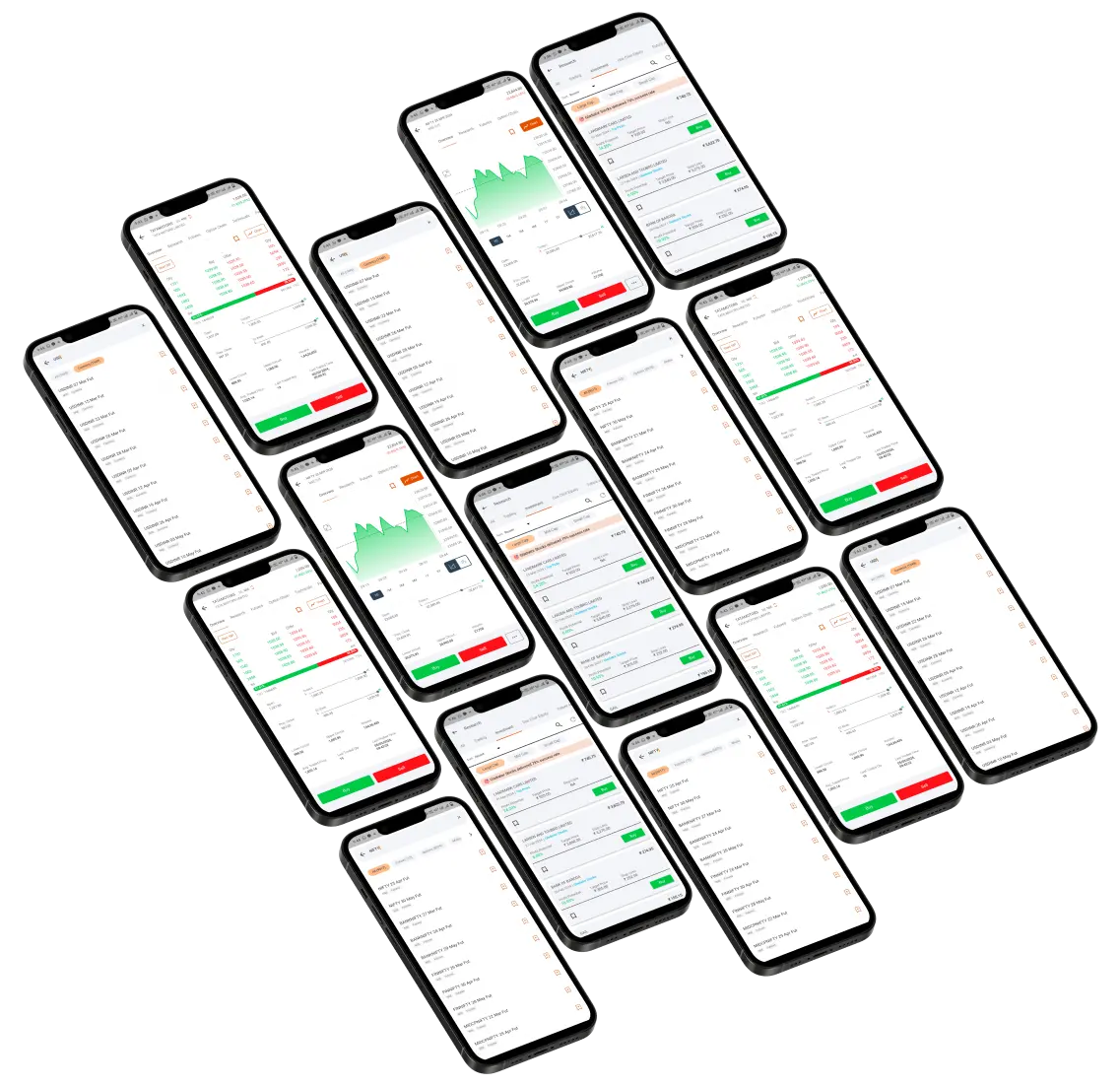
Understanding Purchasing Power Parity
Today, we will discuss an interesting topic - purchasing power parity. It is a theoretical concept, yet used in many areas.
What is purchasing power parity?
Purchasing Power Parity (PPP) is a theory used to adjust currency exchange rates so they can be compared against each other to determine their purchasing power.
In simple language, if you buy a similar commodity using one of the two available currencies, the expense incurred should be the same in both currencies if the exchange rate is considered.
Let us understand it with an example. Assume an iPhone costs Rs 82,000 in India. As per PPP theory, the same iPhone should cost around $1000 in the US, considering the exchange rate of 82 between the Indian rupee and the dollar. In the real world, the calculation does not work that way. We will see the reasons later.
History of PPP
PPP came into existence after World War I. Earlier, most countries relied on the gold standard. A country's exchange rate was based on how much gold the currency was worth.
However, countries abandoned the gold standard to pay for the war. Counties printed all the money they needed, which led to inflation. After the war ended, the Swedish economist Gustav Cassel proposed a theory to tackle the situation. He suggested to multiply each currency's pre-war value with its inflation rate to get the new parity.
What is the significance of PPP?
Below are the different areas in which PPP is used:
- Economists use PPP to compare and draw parallels between the economic outputs of different countries.
- PPP is used with GDP to determine the country's economic health.
- It helps investors and traders dealing in foreign currency. It is used to estimate the countries' strengths or weaknesses.
- PPP helps determine exchange rates for new economies and forecast future exchange rates.
Relation between PPP and exchange rates
The PPP concept may look like a deviation from the market exchange rate theory. Note that currency exchange rates are determined by the supply and demand mechanisms of traded goods and services.
The prices of non-traded goods are not considered, which results in an inaccurate comparison of living standards. Let us understand above discussion with an example.
The US dollar is currently equivalent to 82 Indian rupees. Suppose a US resident comes to India to buy a pen. He can buy ten pens for Rs 82, which means each pen costs him $0.10 in India. However, the same pen would cost him $0.6 in the US.
The PPP exchange rate for a pen would be 0.6/0.1 = 6.
If we assume that pens are not traded, the market exchange rate of the currency does not consider the fact that bananas are cheaper in India. Similarly, all non-traded goods are not always considered to determine the market exchange rate between two currencies.
GDP and PPP
PPP finds its greatest use in macroeconomic studies as you compare GDP. As you know, countries have their own currencies. Therefore, the GDP disclosed can be skewed. PPP recalculates a country's GDP as if it were being priced in the US.
The CIA World Factbook calculates PPP to find and compare output of different countries. For example, it was estimated that China's 2019 GDP was $22.5 trillion, which is much higher than the US GDP of $20.5 trillion. China has the world's largest economy, according to PPP. Without PPP, the comparison yields a different result. If you were to measure China's GDP in yuan, convert that yuan to US dollars at the market exchange rate. China's 2019 GDP would only total roughly $14.3 trillion by that calculation.
How many rupees to live $100,000 lifestyle?
Below table shows purchasing power parity around the world (2021 data):
|
$100,000 in US (which is 79 lakh INR)
|
Rs 23 lakh in India |
|
Rs 65 lakh in UK |
|
|
Rs 37 lakh in the UAR |
Source: OECD
According to PPP, earnings of Rs 23 lakh in India will match an earning of Rs 65 lacs in the United Kingdom, Rs 37 Lacs in the UAE and Rs 79 lakh in the US.
Issues with purchasing power parity
PPP is a theoretical concept and depends on the law of one price. According to PPP, once the difference in exchange rates is accounted for, every item should cost the same. However, the calculation doe not work as discussed above in the real world. There are four reasons for it:
- Government intervention: Tariffs can dramatically augment the price of imported goods where the same products in other countries can be cheaper.
- Complicated estimation: The estimation of PPP is complicated as countries do not simply differ in a uniform price level.
- Transport Costs: If a product is unavailable locally, it has to be imported. As a result, there is a transport cost. Transport costs include fuel costs and import duties. Imported goods will therefore sell at a relatively higher price than identical locally sourced products.
- Tax differences: Every country's government has a different tax system, and the tax rate is different. The higher taxes in one country can spike the product price relative to another.
Conclusion
PPP can be used to point out the direction in which an exchange rate may move with economic development. Significant differences in inflation rates across countries make it challenging to accurately compare the living standards and relative outputs of different economies. It is when the PPP ratio comes to action and is often preferred by policymakers and researchers when comparing economies.
Disclaimer: ICICI Securities Ltd. (I-Sec). Registered office of I-Sec is at ICICI Securities Ltd. - ICICI Venture House, Appasaheb Marathe Marg, Prabhadevi, Mumbai - 400 025, India, Tel No : 022 - 6807 7100. The contents herein above shall not be considered as an invitation or persuasion to trade or invest. I-Sec and affiliates accept no liabilities for any loss or damage of any kind arising out of any actions taken in reliance thereon. The contents herein above are solely for informational purpose and may not be used or considered as an offer document or solicitation of offer to buy or sell or subscribe for securities or other financial instruments or any other product. Investments in securities market are subject to market risks, read all the related documents carefully before investing. The contents herein mentioned are solely for informational and educational purpose.










